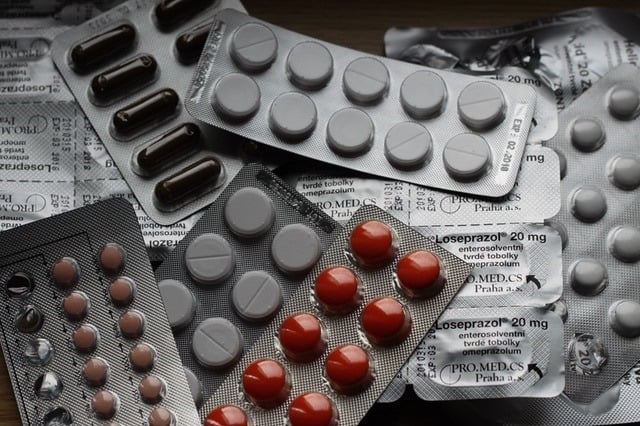The discovery of new drugs is crucial to the continuation of modern medicine. Drug discovery is the process through which new drugs are identified, trialled, and introduced to the pharmaceutical market. Developing new drugs to use in the fight against disease is a costly and time-consuming process. Drug development is dependent largely on public health needs and financial investments into new research. The time required to develop and test a new job is extremely lengthy, and a number of animal and human trials are often required before a drug can be prescribed.
Step 1: Discovery
Before a new drug can be developed, researchers must first understand the mechanisms of the disease they are endeavouring to treat. Advances in the field of medical technology have enabled scientists to gain a greater understanding of the mechanisms of disease. Research into the human genome has allowed scientists to identify the genes responsible for causing inherited genes and has led to the development of targeted gene therapy treatments to remove or replace affected alleles. Similarly, the emergence of Image visualisation software has given researchers the opportunity to view microbes and cells in incredible detail and clarity, and has given way to new methods of treating disease. The production of new drugs is often triggered by a novel insight into the workings of a particular disease. The aim of the drug may be to either stop the effects of a disease or alleviate its symptoms, or to reverse the effects of the disease entirely (as in the case of gene therapy).
In some cases, a drug discovery may be made accidentally when a drug prescribed to treat a particular illness shows signs of treating a secondary illness that it wasn’t initially designed to treat. Drugs that are already licensed to treat one condition and have the potential to treat another are subject to the same level of rigorous testing as new drugs.
- Testing
Once a drug has been identified, researchers must work to identify whether the drug has the potential to cause harm in patients. A drug’s toxicity levels must be carefully examined at the stage, and any drugs that are deemed too toxic cease to be developed. If after the initial stage of testing a drug is deemed to be safe, trials are planned. The majority of drug trials involve animal testing, with drugs tested on animals to determine their efficiency and safety. The majority of drugs available for prescription have the potential to cause harm, but if it is determined the benefits of a drug outweigh the potential dangers, the drug will be permitted to continue through testing. Chemotherapy is an example of a drug that is almost guaranteed to cause harm to the patient, but is beneficial and therefore still prescribed.
If the animal trial is successful, a human trial is then planned. Human trials must be carefully planned and orchestrated to ensure the trial is safe, and the results gathered are accurate and reliable. Human trials are typically split into phases, and often span a number of years.

- Introducing a drug
Once a drug has been declared unanimously safe and effective and any side effects have been identified and investigated, it is introduced onto the pharmaceutical market. The majority of new drugs are patented, and can therefore only be sold by one particular company (typically that which funded its initial research).
Although drugs undergo rigorous safety testing during the research trial, the safety of a drug can only be reliably determined once it is made available to all patients and not just to a closely selected group of test subjects. Even licensed drugs are subject to repeat safety testing and any new side effects that are reported by patients must be investigated.




